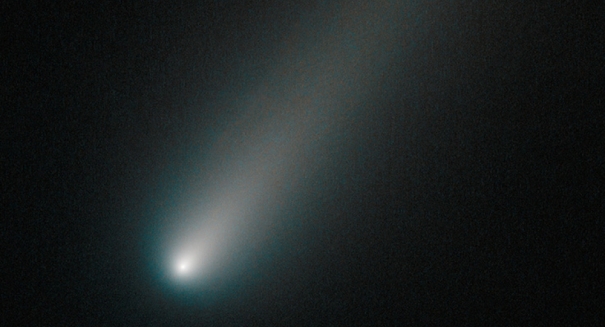
In about one month the “comet chaser” Rosetta plans to intercept 67P/Churyumov-Gersimenko, obtaining detailed information on the comet’s shape and composition.
In about one month the “comet chaser” Rosetta plans to intercept 67P/Churyumov-Gersimenko, obtaining detailed information on the comet’s shape and composition. Of interest to astronomers because it has already completed several orbits of the sun and remains fairly active, 67P will be the first comet ever boarded by human device on November 12th.
Rosetta, a space probe launched by the European Space agency in 2004, achieved orbit around the comet after a 10-year journey traversing the solar system. Rosetta has already taken detailed images of the comet, which scientists have already used to select ‘landing site J’, as reported in September by The Register.
According to the European Space Agency, the comet is most likely of the Jupiter Family, originating from the Kuiper Belt, a small collection of icy clusters outside Neptune. Resulting from various disturbances, theses bodies of ice are often ejected from the belt, falling towards the sun, their gravitational path altered as they pass Jupiter. Jupiter Family comets maintain orbit until they either are ejected from the Solar System, collide with a planet, or crash into the sun.
As the comet approaches perihelion, its closest orbital position near the sun, the ice within the comet begins to sublimate, releasing dust. This provides for the tail often observed following a comet. Since 67P, even at the peak of its activity, is not very bright, it will require a telescope to see the comet from Earth.
In the meantime, comet enthusiasts can now download data of the comet provided from Rosetta, and if fortunate enough to have access to a 3D printer, print out their own model of the comet. Enthusiasts “may want to stock up on black filament” says 3DPrint.com, as the carbon-rich organic material on the outer surface make the comet appear blacker than coal.
Leave a Reply